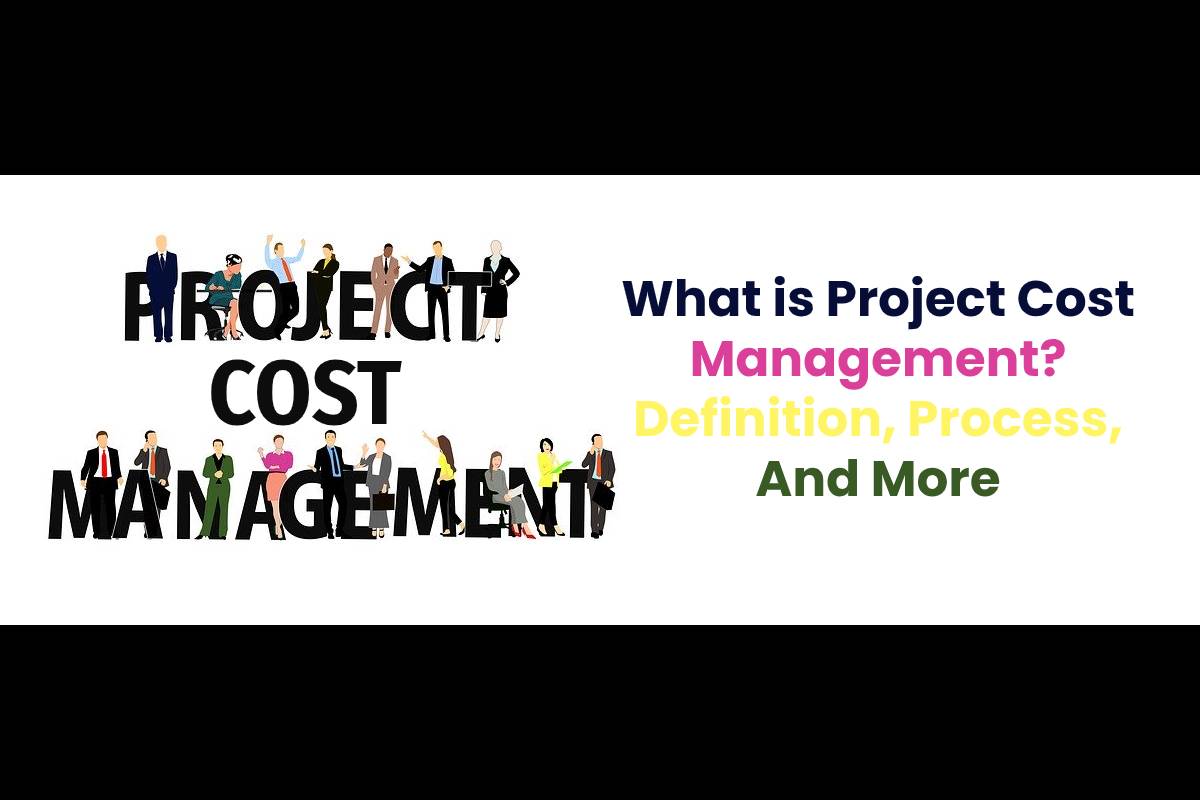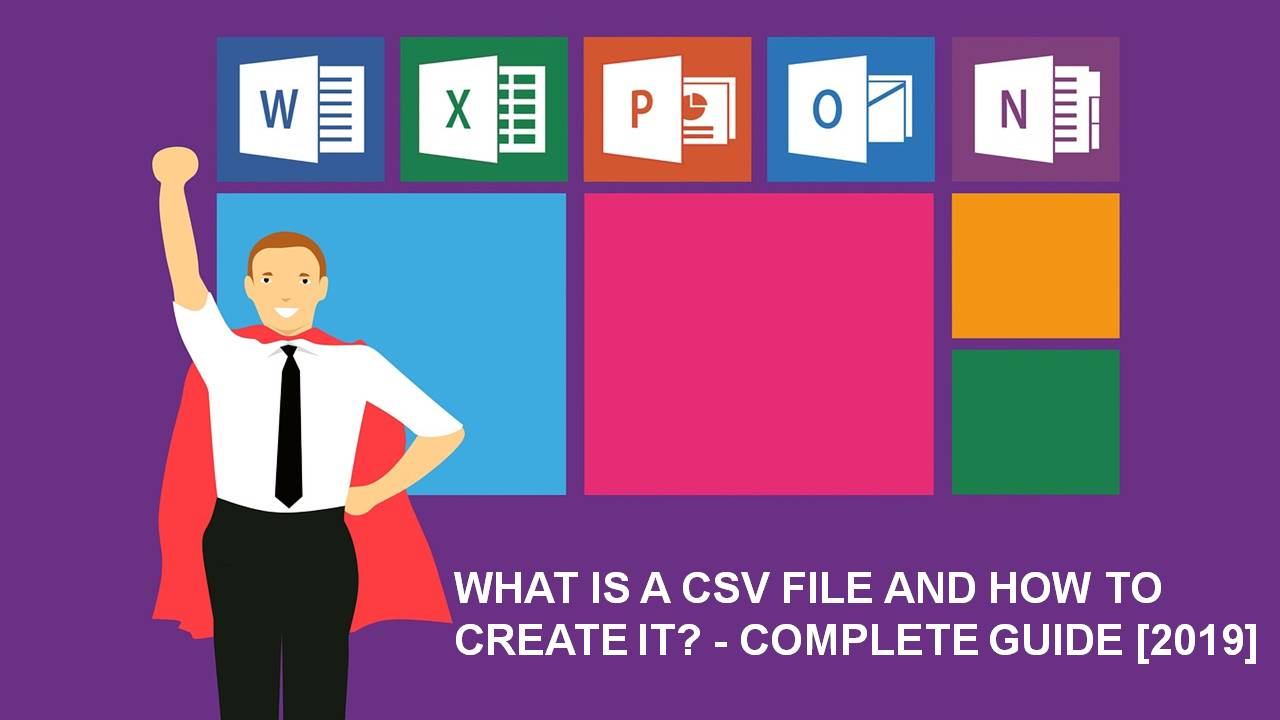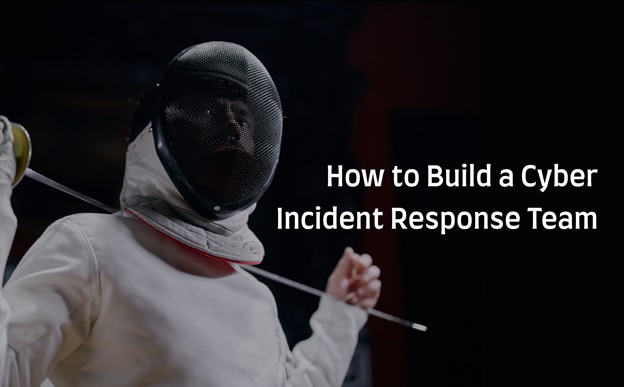

Project Cost Management Explained: Definition, Process, and Insights
Definition Project Cost Management
Project Cost Management: A Simple, Hilarious Guide to Staying Within Budget
What’s the Deal With Project Cost Management?
A project’s cost sidekick is basically the guardian angel that keeps your money from disappearing into the void. It’s the process that covers planning, estimating, budgeting, financing, securing funds, managing, and controlling costs to make sure your project lands safely on the approved budget runway.
Why the Whole Thing Matters
- Money’s Never Free: Every dollar spent counts.
- Deliver on Promise: Stakeholders love it when you meet the budget.
- Transparency Rocks: Clear cost tracking keeps everyone on the same page.
The Core Processes (In No Particular Order)
- Planning: Sketch a high‑level cost blueprint. Think of it as drawing the treasure map before you set sail.
- Estimating: Guess how much the treasure will actually cost. Use historical data, expert judgment, or the trusty Delphi method.
- Budgeting: Convert those estimates into a formal wallet—budget—ready for execution.
- Financing: Secure the funds, whether through internal reserves, loans, or crowdfunding (just kidding about that… maybe).
- Acquiring Finance: Make sure the money gets to you on time—no late check‑in here!
- Managing: Keep a close eye on spending. Think of it as your personal accountant’s diary.
- Controlling: Adjust the course when costs drift off track—avoid those crazy budget overruns.
Quick Wins to Keep Your Budget Intact
- Set realistic baselines—don’t dream big unless you have the bank.
- Use cost controls: limit approvals for major spenders.
- Track expenses vs. budget hits every week—think of it as a daily check‑up.
- Keep a flexible contingency reserve—you’ll thank yourself when surprises pop up.
- Dashboards are your best friend—dashboards help you see the cost anomaly flags at a glance.
Need Some Extra Read‑What‑You‑Like? It’s Not What You Think
—
If you’re into tech and want a splash of other goodness, there’s also plenty to explore in the world of Sass (the CSS pre‑processor superhero). But stick with the cost basics first and watch the budget dance—no magic tricks required.
The processes of the Project Cost Management knowledge area are
Cost Management in Projects
Managing money in a project isn’t just about crunching numbers—it’s about making smart moves that keep the budget from turning into a runaway train. Below, we’ll walk through the essential steps, sprinkle in some personality, and keep the tech‑y stuff light and breezy.
Step 1: Plan Cost Management
Imagine you’re setting up a kitchen before a banquet. That’s what planning is here: laying out the strategy, tools, and guidelines that will keep your spending on track. Think of it as the backstage pass that ensures every money move is coordinated and justified.
Step 2: Estimate Costs
When it comes to budgeting, the first thing you need is a rough sketch. It doesn’t need to be rocket science—just a realistic ballpark of what all the parts will cost. In smaller gigs, you can do this all by yourself, crunching a few figures and letting the numbers speak for themselves.
Step 3: Determine the Budget
Once you have the estimates, it’s time to formalise the budget. That means tying the estimates to a firm dollar amount that will guide everyone’s decisions. It’s like setting the price point for a product, but for your project’s resources.
Step 4: Control Costs
Throwing out the big red flag when the budget is exceeded? Yes. Keeping an eye on the ledger as the project progresses and making tweaks? Absolutely. Think of this step as the financial “watchdog,” guarding against budget surprises.
Why Early Decisions Matter
- Early Scope Setting: The moment two parts of the plan collide, the impact on costs is huge. Nail your scope early and keep the money flowing steadily.
- Stakeholder Pulse: Different people see money differently—some focus on construction costs, others on ongoing maintenance. Better to sync up with them from the start.
Beyond the Cardboard Office
Some companies keep financial forecasts out of the project’s scope, handing them back to finance specialists. Others, especially in infrastructure or tech, fold these predictions into the project itself. When that happens, you’ll notice a flourish of extra processes—think ROI or discounted cash flow analysis—booting up to predict the endgame performance.
Key Takeaways
- Cost Management is as much about people’s perspectives as it is about figures.
- You can keep it simple in small projects or elaborate with fancy forecasts in bigger ones.
- Good planning is the secret sauce: it locks the budget, monitors spend, and protects against surprises.
—and that’s the lowdown on coordinating cash flow and staying on budget like a pro. Happy budgeting!







